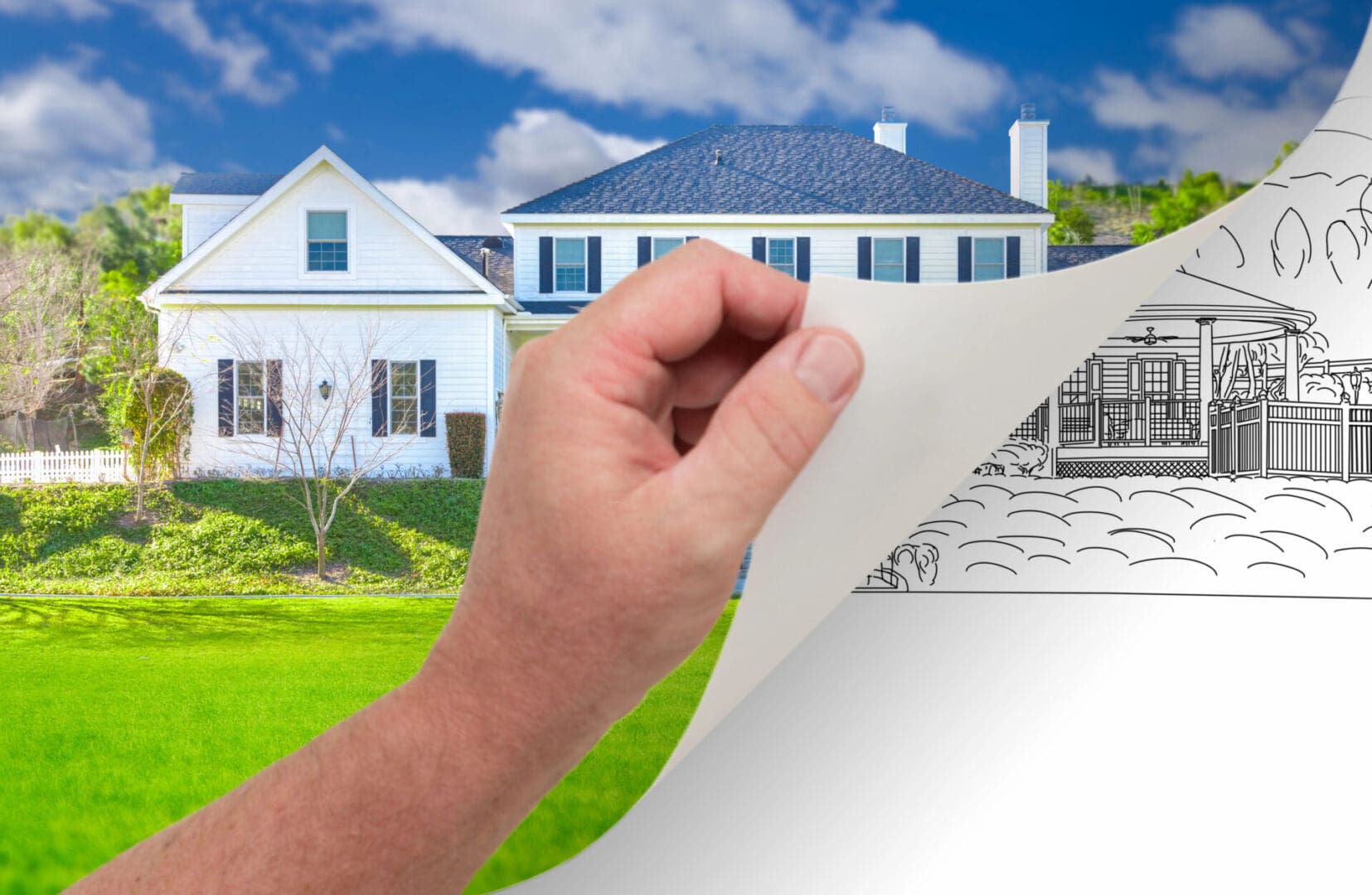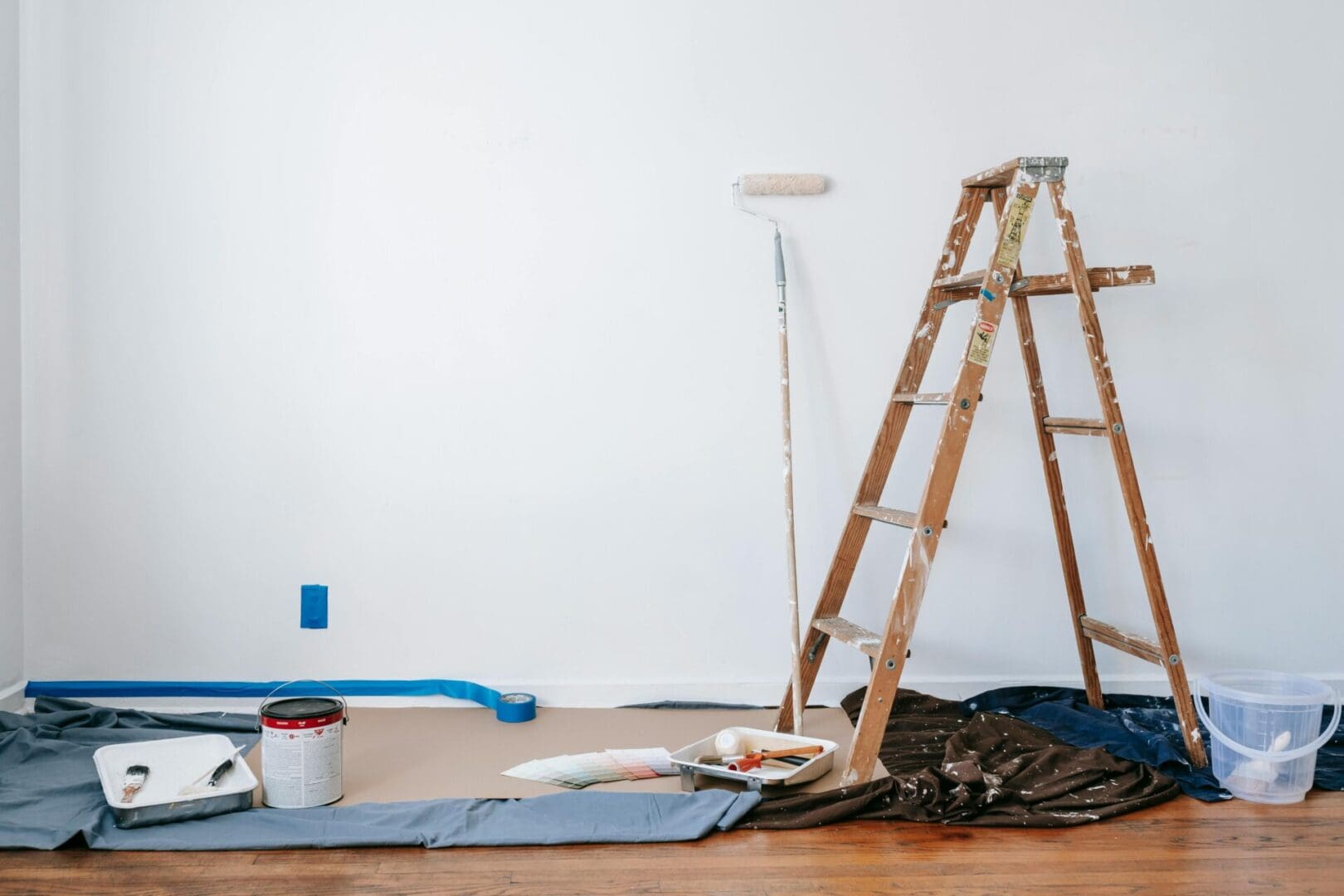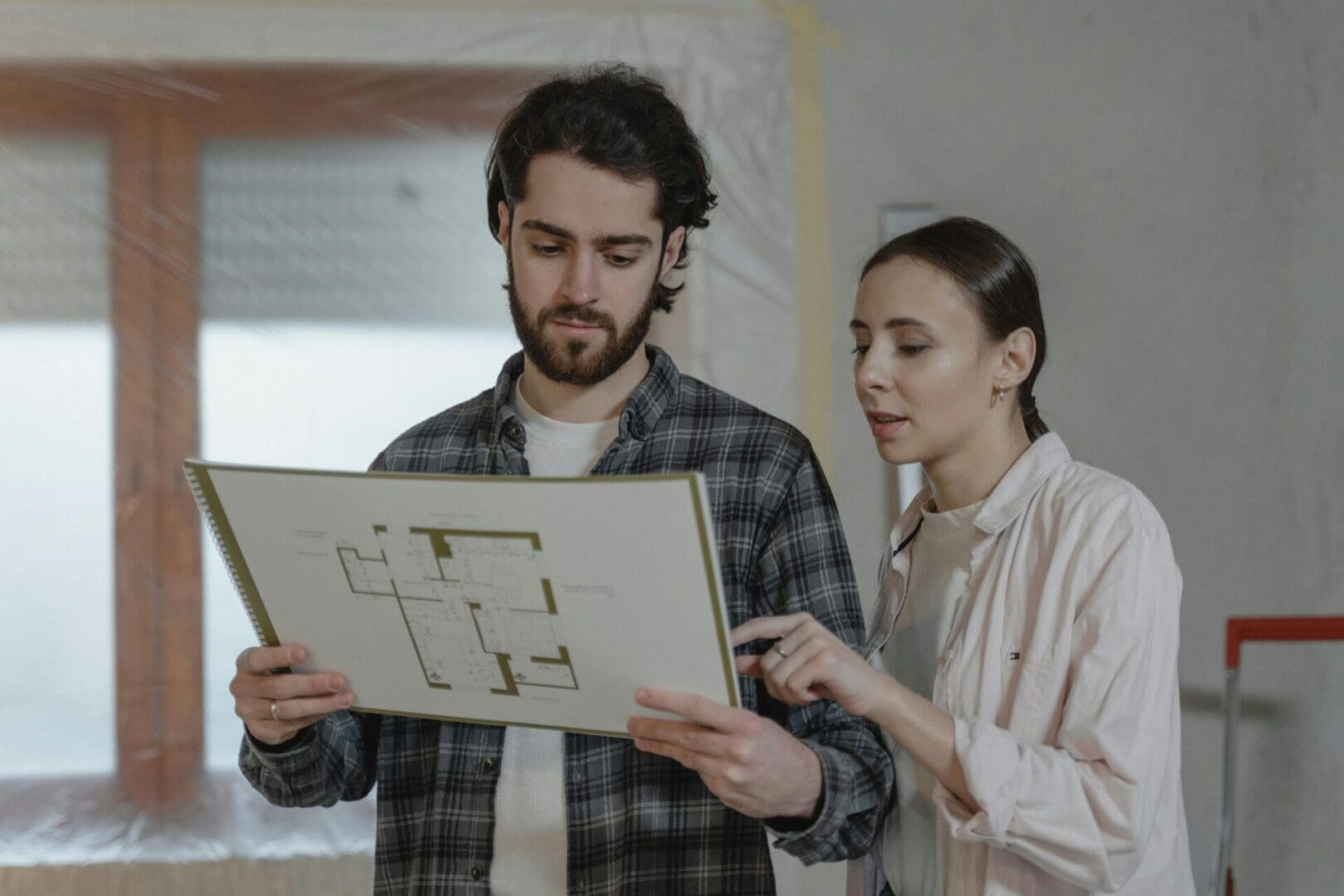From Homeowner to Business Proprietor with House Flipping

Real estate is a very versatile market, where one can participate in different ways. Typically, we’re focused on homeownership, where we buy a home for personal use.
But what if we buy homes and sell them for profit? Yes, that’s possible, and one way of doing so is through house flipping. In this article, we’ll go over the basics of house flipping and prepare ourselves with things to consider before we start flipping.
What is House Flipping and How Does it Work

House flipping is an investment strategy in the real estate world where one buys a home and quickly sells it after renovation for a profit. The process can be a great way to grow one’s wealth, though it requires some expertise and commitment in time and money to fully succeed.
There are currently two main types of house flips, namely:
- Quick Fix Flip – buying undervalued homes and making minor renovations or cosmetic touch-ups to improve their value before reselling, turning a profit in the shortest timeframe possible.
- Rapidly Appreciating Market Flip – look for markets with quick property appreciation, buy a home in that area, and make renovations before selling it back to the market.
How House Flipping Works:
First, look for a home with a low property value, often called a ‘distressed home.’ This lets you get the property at a cheaper cost.
Check with an ijaraCDC expert to learn more about your riba-free home acquisition options.
Next, you need to renovate the home to elevate its property value. This involves making important repairs, ensuring wiring and plumbing are according to code, and performing cosmetic changes like repainting or changing the shower knob.
Lastly, once the home is all bright and pretty, sell it back at a price combining the initial purchase cost and the renovation cost, plus a little for your efforts.
Once you successfully sell the home, you may use the funds as capital to buy other homes and start the house flipping process again.
Things to Look Out for When House Flipping

While flipping houses sounds like a profitable business venture, there are certain things to consider and prepare for to avoid unexpected loss of profit.
Expenses
As with any business, you’ll need capital to start flipping homes. Not only will you be spending to buy the property, but you may need to shell out a significant amount for the repairs to elevate the home’s value. Moreover, you’ll need to have enough funds to finish the renovation, as you can’t sell the property with half-baked repairs.
Time
Another point of consideration is the time allotment for the flip, as you can’t spend too much time before selling it back to the market. Renovations take from a few months to more than a year, depending on what needs to be fixed and updated. And as homes depreciate over time, this may affect the home’s potential selling price.
Expertise
Success in house flipping requires significant knowledge and understanding of home construction and renovation. After all, you can’t fix something you don’t understand or spend unnecessarily on parts the home doesn’t really need. But if you don’t have the required skillset, you may partner with contractors who can lend their talent and skill for your project to succeed.
Other Risk Factors
There are other things that can affect the success of a house flip project, including unforeseen issues with the properties, property taxes, and changing market conditions. These can significantly impact the home’s final selling price, thus influencing your potential profit.
Ready, Set, Flip!
House flipping is a great way to elevate oneself from a homeowner to a property seller. The move can be a very profitable endeavor, though it takes some skill, strategy, and enough capital to succeed. All it takes is starting with one property to test the waters and roll the profits over to the next project to continue as a house flipper.



